While butterflies and moths enchant us with their delicate beauty, their larval forms can sometimes harbor deadly secrets. Among the thousands of caterpillar species that inhabit our planet, a select few possess venom potent enough to cause significant harm to humans. Standing above all others in terms of toxicity is the Lonomia obliqua, commonly known as the assassin caterpillar or giant silkworm moth caterpillar. Native to South America, particularly Brazil, this seemingly innocuous creature carries a venom so potent it has claimed human lives. This article explores the fascinating yet frightening world of the most venomous caterpillar known to science, examining its biology, the effects of its venom, and how humans can safely coexist with this dangerous invertebrate.
The Lonomia Obliqua: Nature’s Toxic Surprise
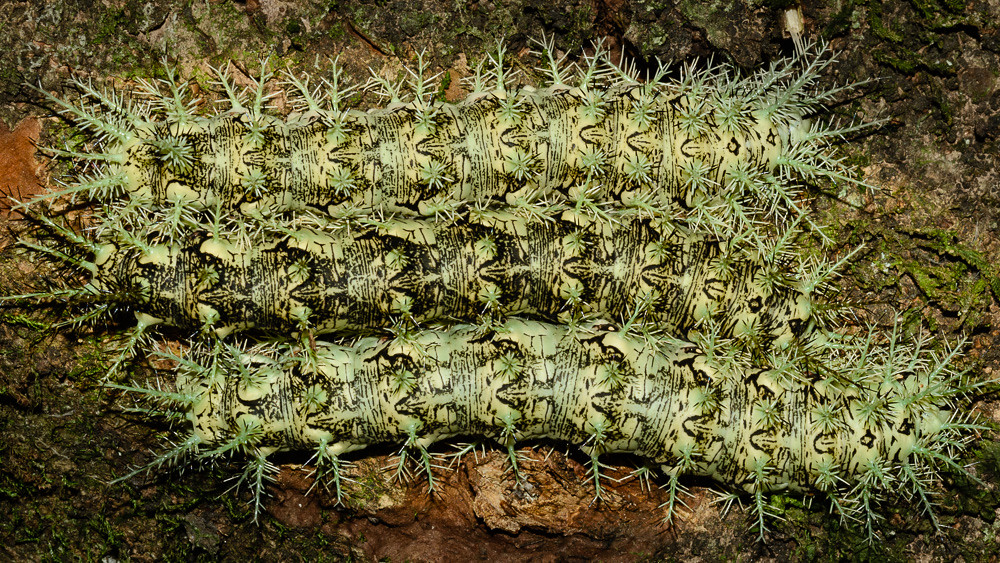
The Lonomia obliqua belongs to the Saturniidae family, a group typically known for producing some of the world’s largest and most spectacular moths. Despite its deadly reputation, this caterpillar presents an unassuming appearance with a length of approximately 5.5 centimeters (about 2.2 inches) and a greenish-brown coloration that helps it blend perfectly with tree bark. What makes this caterpillar particularly dangerous is its defensive array of spines, which resemble small pine branches and contain specialized cells called trichomes that produce and deliver venom. Unlike many venomous creatures that actively hunt prey, the Lonomia’s venom serves purely as a defensive mechanism against predators, making accidental human contact all the more concerning as these caterpillars have no reason to avoid human habitation.
Geographic Distribution and Habitat

The assassin caterpillar is primarily found in southern Brazil, northern Argentina, and parts of Uruguay, thriving in the dense Atlantic rainforest regions. These caterpillars typically inhabit the trunks and branches of various tree species, including fruit trees and native forest species, where they can be difficult to spot due to their excellent camouflage. They tend to gather in groups of dozens or even hundreds of individuals, magnifying the risk of multiple stings during a single encounter. Climate change and deforestation have driven these caterpillars closer to human settlements in recent decades, increasing the frequency of harmful interactions between humans and these venomous insects. Their population density tends to peak during the summer months from November to March, corresponding with their breeding season.
The Deadly Venom: Composition and Mechanism

The venom of Lonomia obliqua is a complex cocktail of toxins that primarily acts as a powerful anticoagulant, preventing blood from clotting normally. Scientists have identified several key components including phospholipase A2, serine proteases, and serpins that together create a condition called hemorrhagic syndrome or lonomiasis. When these toxins enter the human bloodstream, they trigger a cascade of events that breaks down fibrinogen (a protein essential for blood clotting) and activates the fibrinolytic system, which dissolves blood clots. This dual action effectively prevents new clots from forming while dissolving existing ones, creating the perfect conditions for uncontrolled internal and external bleeding. What makes this venom particularly insidious is that its effects can develop slowly over 24-72 hours, allowing the toxins to spread throughout the body’s systems before symptoms become severe enough to seek medical attention.
Symptoms and Clinical Presentation
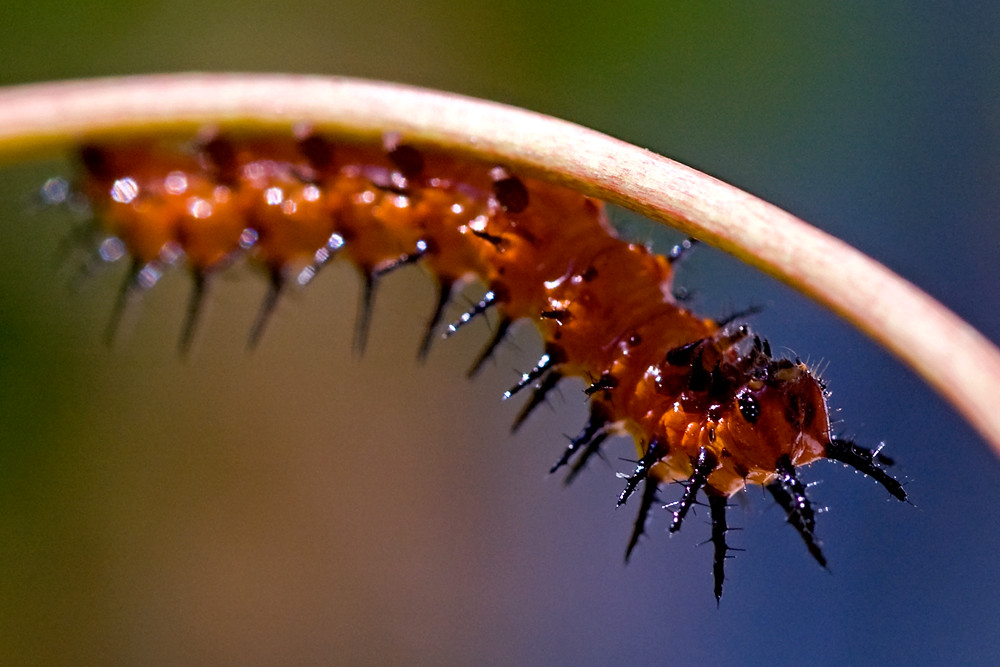
Contact with Lonomia obliqua typically begins with an immediate burning sensation, intense pain, headache, nausea, and vomiting at the site of contact. As the venom circulates through the victim’s system, more serious symptoms begin to manifest within hours to days, including widespread bruising, hematuria (blood in urine), hematemesis (vomiting blood), and bleeding from mucous membranes such as the gums and nose. In severe cases, patients may develop intracranial hemorrhage, acute kidney failure, and generalized bleeding that can lead to hypovolemic shock and death if not treated promptly. What makes these symptoms particularly dangerous is their delayed onset, as victims may not associate their deteriorating condition with the seemingly minor caterpillar encounter that occurred days earlier. Medical literature has documented cases where patients developed symptoms up to 72 hours after the initial contact, by which time treatment options become more limited.
Historical Impact and Famous Cases
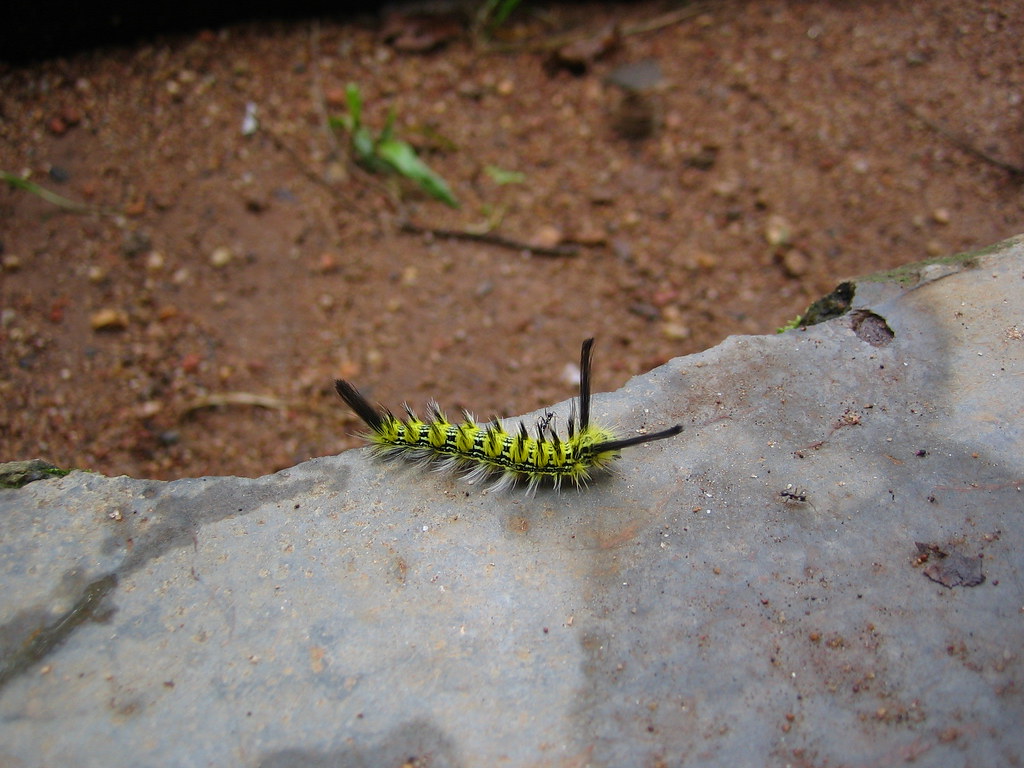
The deadly potential of the Lonomia caterpillar first gained widespread scientific attention in the 1980s and 1990s when southern Brazil experienced an outbreak of mysterious bleeding disorders that claimed more than 500 lives. Medical investigators eventually traced these deaths to encounters with Lonomia obliqua caterpillars, particularly among agricultural workers and people in rural communities. One of the most famous documented cases involved a 70-year-old woman in Rio Grande do Sul who accidentally leaned against a tree harboring several dozen Lonomia caterpillars and received multiple stings through her clothing. Despite receiving medical treatment, she developed severe internal bleeding and died of cerebral hemorrhage five days later. This and similar cases prompted Brazilian health authorities to develop specific protocols for dealing with Lonomia envenomation and accelerated research into antivenom production.
Development of the Antivenom
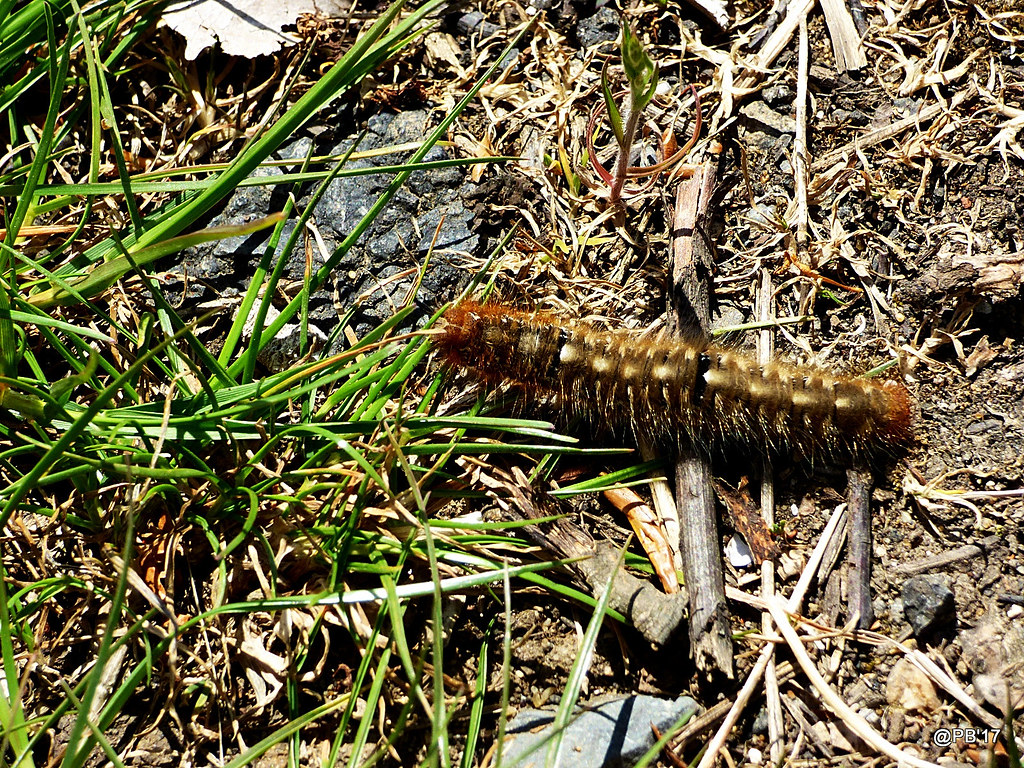
The high mortality rate associated with Lonomia envenomation prompted Brazilian scientists to develop a specific antiserum to counteract the caterpillar’s deadly toxins. The Butantan Institute in São Paulo pioneered the development of anti-Lonomia serum in the 1990s by extracting venom from the caterpillars and using it to immunize horses, whose antibodies could then be harvested and purified. The resulting antivenom, officially known as SALon (Soro Antilonômico), became available for clinical use in 1996 and has significantly reduced the mortality rate from Lonomia stings. The antiserum works by neutralizing the anticoagulant components of the venom and restoring the body’s blood-clotting ability. To be most effective, the antivenom should be administered within 12 hours of envenomation, though it has shown benefits even when given up to 48 hours after contact in some cases.
Life Cycle and Metamorphosis
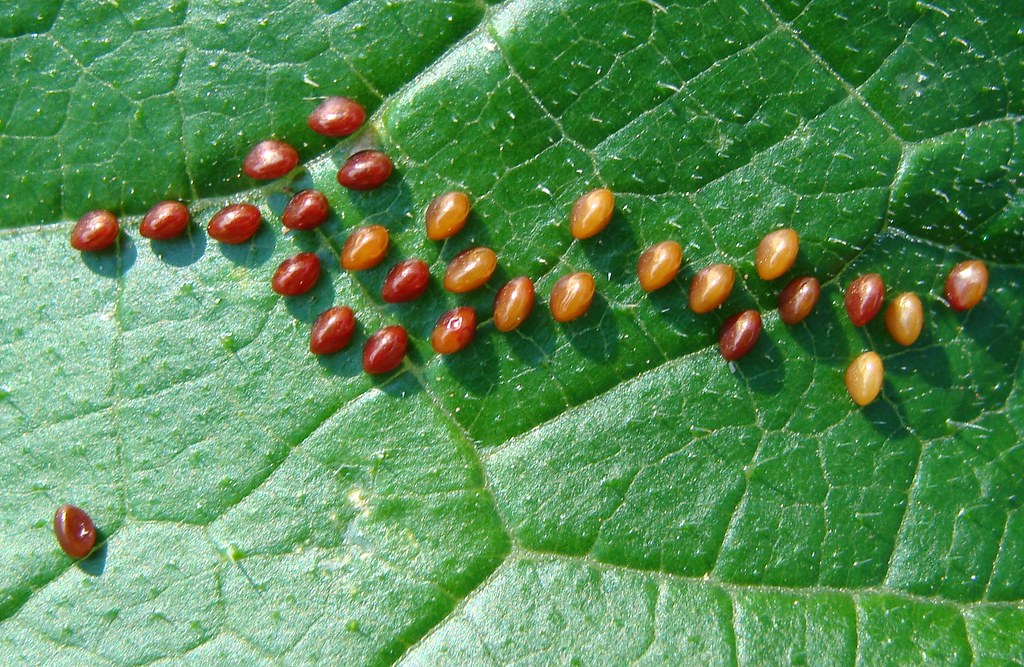
The life cycle of Lonomia obliqua follows the typical four-stage development of holometabolous insects: egg, larva (caterpillar), pupa, and adult moth. Female moths lay clusters of 100-200 eggs on host trees, which hatch after approximately 20 days. The caterpillar stage, which is the only venomous phase, lasts for about 35-45 days during which the larvae undergo five to six molts, becoming increasingly toxic with each successive stage. After reaching full maturity, the caterpillar spins a silken cocoon and transforms into a pupa, remaining in this state for approximately 30-40 days before emerging as an adult moth. The adult Lonomia moth is a large, brownish insect with a wingspan of about 7-8 centimeters that lacks mouthparts and lives only 5-9 days, during which its sole purpose is to mate and reproduce. Interestingly, the adult moths are completely harmless, possessing none of the venom that makes their larval form so dangerous.
Ecological Role and Importance
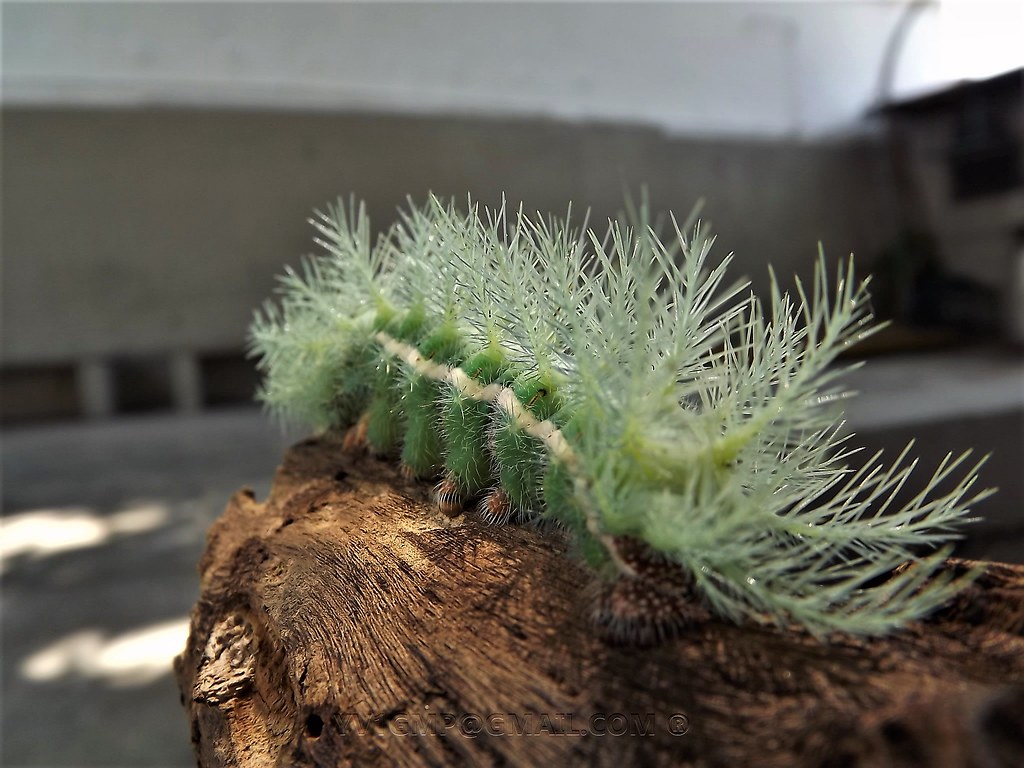
Despite their fearsome reputation, Lonomia caterpillars play important ecological roles in their native habitats. As herbivores that feed on a variety of tree species, they help regulate plant populations and contribute to nutrient cycling in forest ecosystems. The adult moths serve as food for various predators including birds, bats, and larger insects, forming an important link in the food chain. Additionally, their selective feeding habits can influence forest composition by affecting the reproductive success of different tree species. From a scientific perspective, the unique properties of Lonomia venom have attracted considerable research interest, with potential applications in developing new anticoagulant medications and understanding blood-clotting disorders. This demonstrates how even the most dangerous creatures often have ecological importance and potential benefits for human medicine.
Prevention and Safety Measures
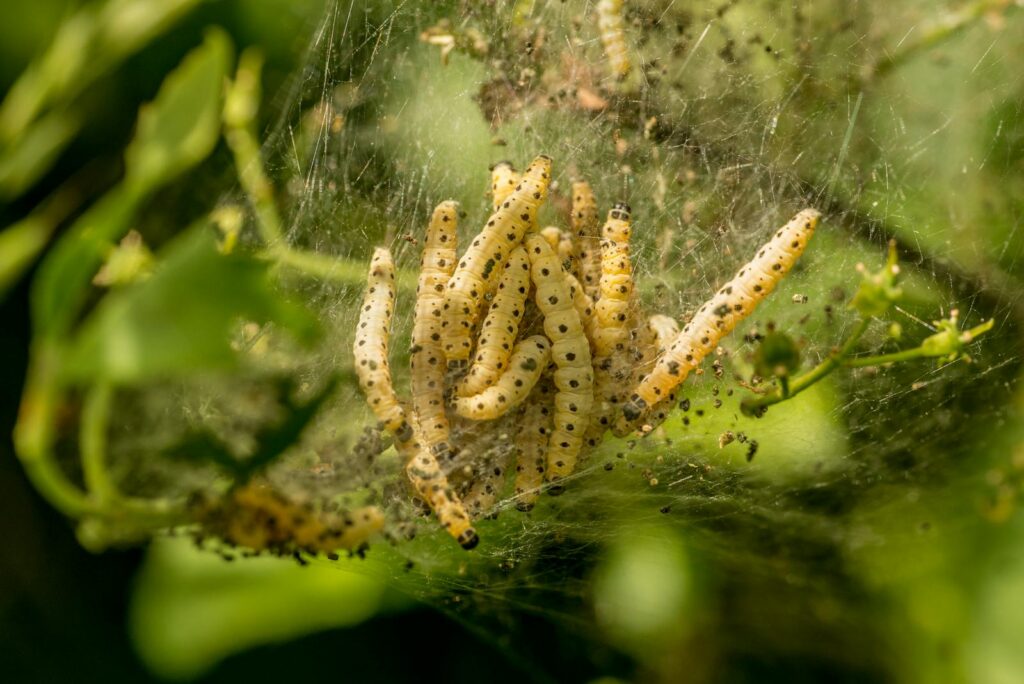
Preventing encounters with Lonomia caterpillars is the most effective way to avoid their potentially deadly stings. People living in or visiting areas where these caterpillars are common should wear protective clothing including long sleeves, long pants, gloves, and closed shoes when working or walking in forested areas. It’s particularly important to examine tree trunks carefully before leaning against them and to shake out clothing left outdoors before wearing it. Children should be taught never to touch caterpillars, regardless of how harmless or interesting they may appear. Agricultural workers and others who regularly work outdoors in affected regions should carry emergency contact information for the nearest medical facility equipped with anti-Lonomia serum. Local health authorities in affected regions often conduct educational campaigns during peak Lonomia season to raise awareness about recognition and avoidance of these dangerous caterpillars.
First Aid and Emergency Response

If contact with a Lonomia caterpillar occurs, prompt and appropriate first aid is crucial to minimize venom absorption and prevent serious complications. The affected area should be immediately washed with soap and water, and if possible, applying ice can help slow the spread of venom through the bloodstream. It’s important to avoid applying pressure bandages or tourniquets, as these can exacerbate the anticoagulant effects of the venom in the affected limb. The victim should be transported to the nearest medical facility as quickly as possible, ideally bringing the caterpillar (safely contained) for identification or taking clear photographs to assist medical personnel in confirming Lonomia species involvement. Medical professionals will typically perform coagulation tests to assess the severity of envenomation and determine whether antivenom administration is necessary. Even seemingly minor encounters should be evaluated medically, as symptoms can develop or worsen over several days.
Other Venomous Caterpillars Around the World

While Lonomia obliqua holds the title of most venomous, several other caterpillar species worldwide can cause significant discomfort or injury to humans. The puss caterpillar (Megalopyge opercularis) of North America possesses hollow spines that inject venom causing intense pain, headaches, and in rare cases, more severe symptoms requiring hospitalization. Australia’s cup moth caterpillars (Doratifera species) have stinging spines that cause a painful rash and occasionally systemic effects including vomiting and lymph node swelling. The stinging rose caterpillar (Parasa indetermina) found in the eastern United States delivers a painful sting through specialized spines along its back. Europe’s pine processionary caterpillar (Thaumetopoea pityocampa) doesn’t sting but releases urticating hairs that cause severe skin irritation, respiratory problems, and occasionally anaphylactic reactions in sensitive individuals.
Scientific Research and Medical Applications
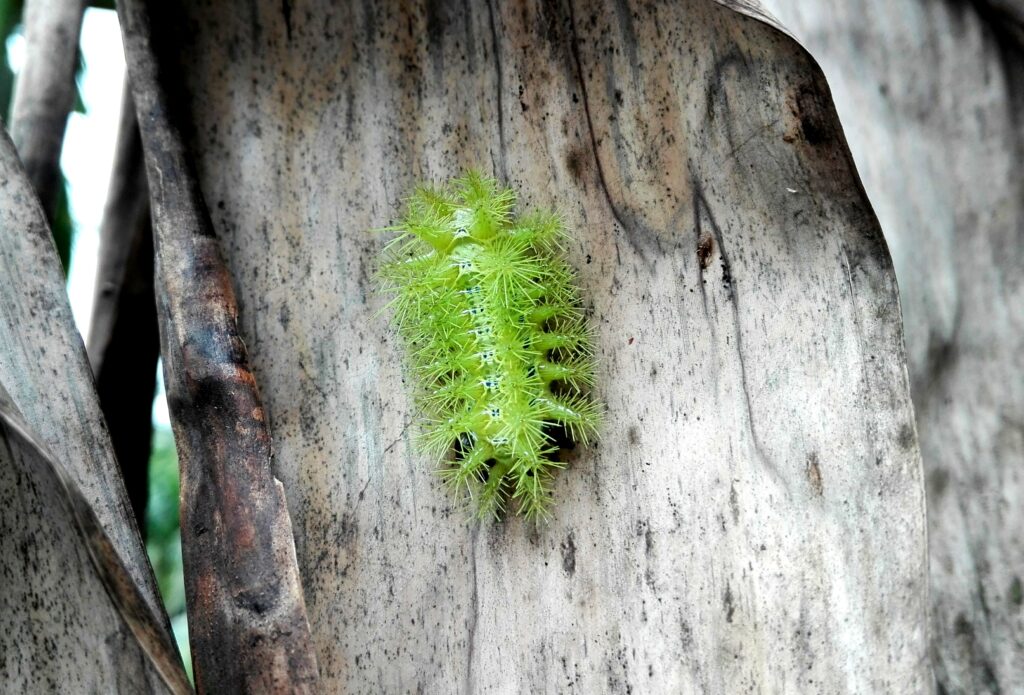
The unique properties of Lonomia venom have made it a subject of intense scientific research with potential applications beyond treating envenomation. Medical researchers are studying the caterpillar’s anticoagulant compounds for possible use in developing new treatments for thrombotic disorders where excessive blood clotting poses health risks. The specific mechanisms by which Lonomia toxins disrupt the coagulation cascade offer insights into blood clotting processes that could lead to more targeted therapies for conditions like deep vein thrombosis and pulmonary embolism. Pharmaceutical companies have expressed interest in isolating and synthesizing specific components of the venom for potential drug development. Beyond cardiovascular applications, some compounds in the venom show promise for treating inflammatory conditions and certain types of cancer where modifying blood vessel formation might prove beneficial.
Climate Change and Population Dynamics
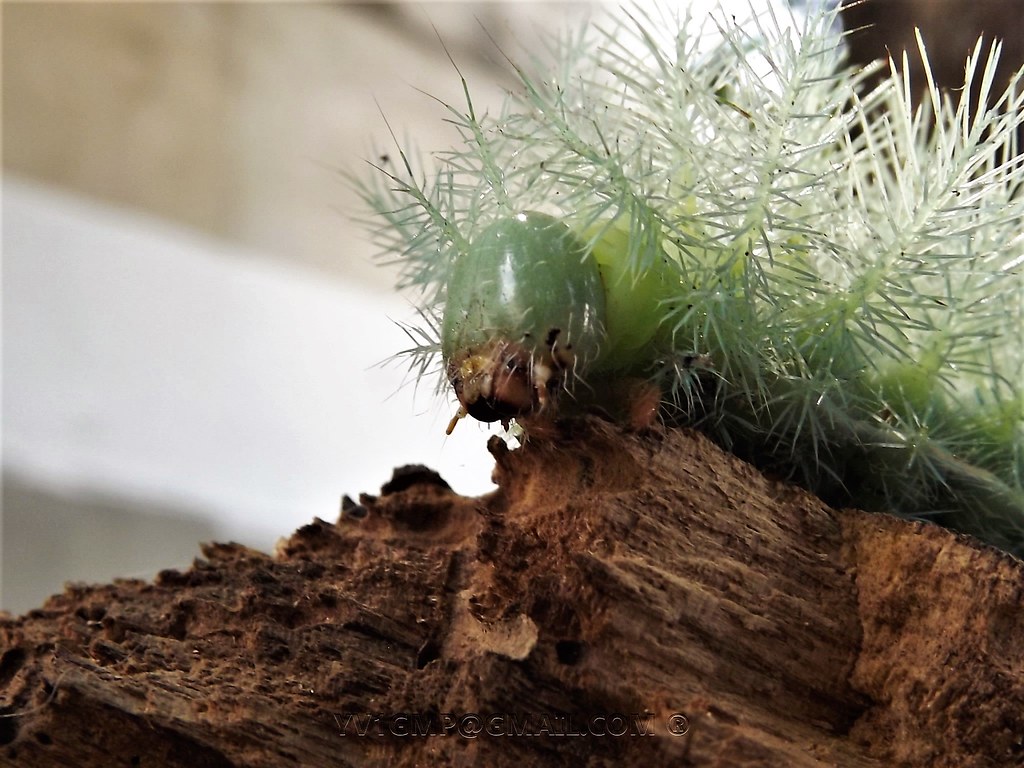
Recent studies suggest that climate change may be affecting the distribution and abundance of Lonomia caterpillars in concerning ways. Warming temperatures have allowed these caterpillars to expand their range into regions where they were previously absent, exposing new human populations to potential envenomation risks. Changes in rainfall patterns and forest composition may also be altering the caterpillars’ breeding cycles, potentially creating multiple peak seasons throughout the year instead of the traditional summer concentration. Environmental researchers have documented changes in Lonomia behavior, with some populations appearing to adapt to urban and suburban environments where fruit trees provide abundant food sources close to human habitation. These shifting dynamics present new challenges for public health officials and emphasize the need for expanded monitoring programs and educational outreach to newly affected communities.
Conclusion: Respecting Nature’s Dangerous Beauty
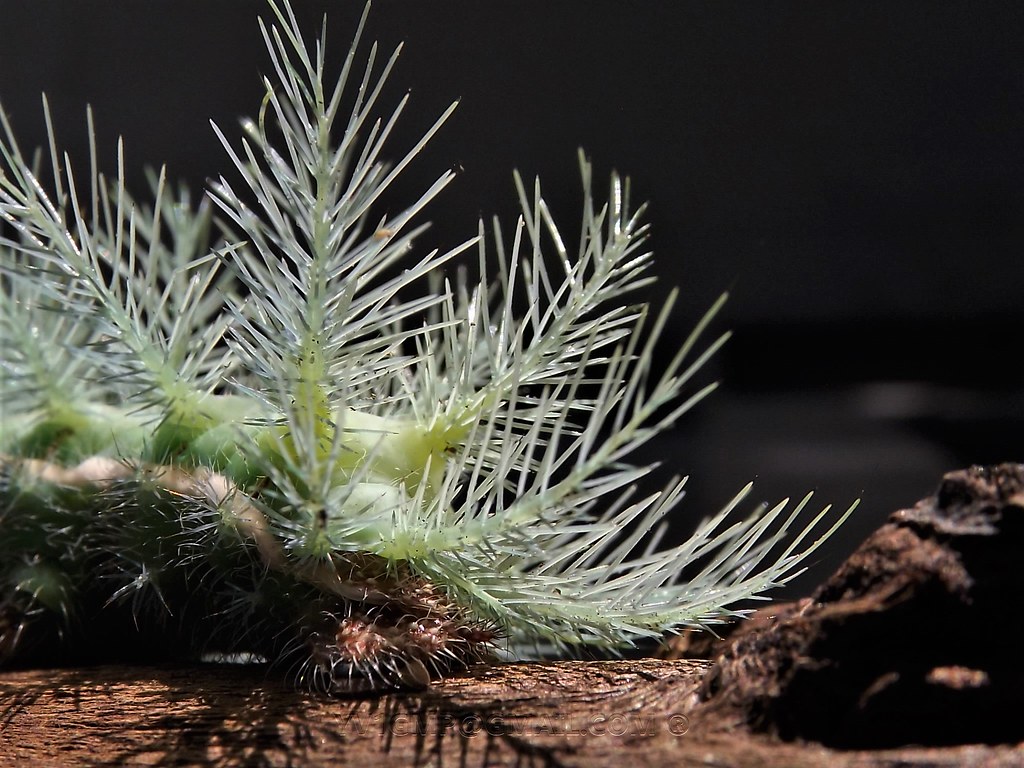
The Lonomia obliqua caterpillar stands as a powerful reminder that even the most unassuming creatures can harbor deadly defenses. Its potent anticoagulant venom, capable of causing fatal hemorrhaging, makes it arguably the most dangerous caterpillar on Earth. However, like many venomous animals, these caterpillars don’t seek out human victims but simply defend themselves when threatened. Through increased awareness, preventive measures, and medical advances like the anti-Lonomia serum, humans can coexist with these fascinating if dangerous insects. The story of the assassin caterpillar also highlights the importance of preserving natural ecosystems in their proper balance, as habitat disruption often brings humans and wildlife into dangerous proximity. As climate change and deforestation continue to alter traditional species boundaries, understanding and respecting creatures like the Lonomia obliqua becomes not just a matter of scientific interest but of practical public health importance.

